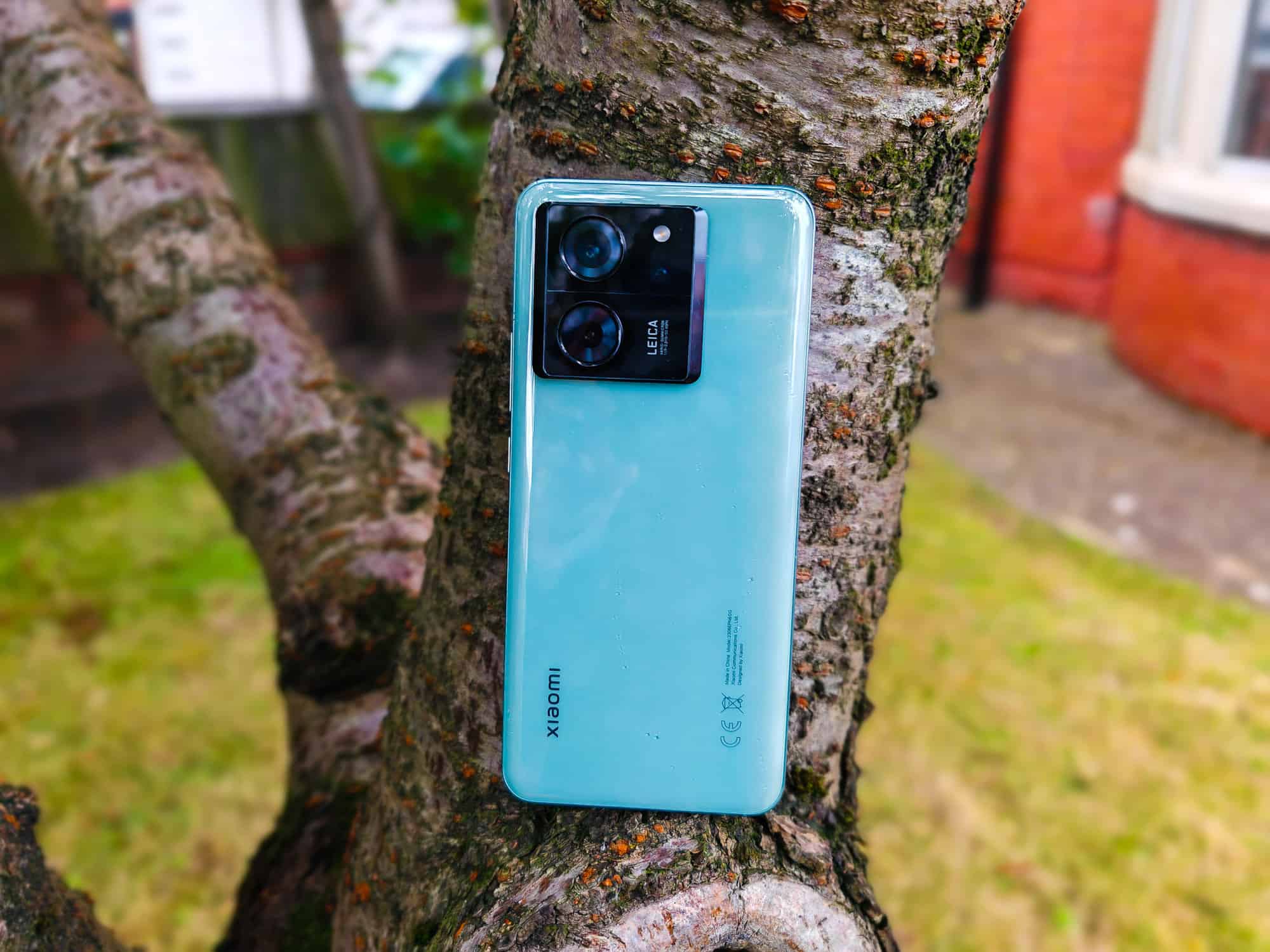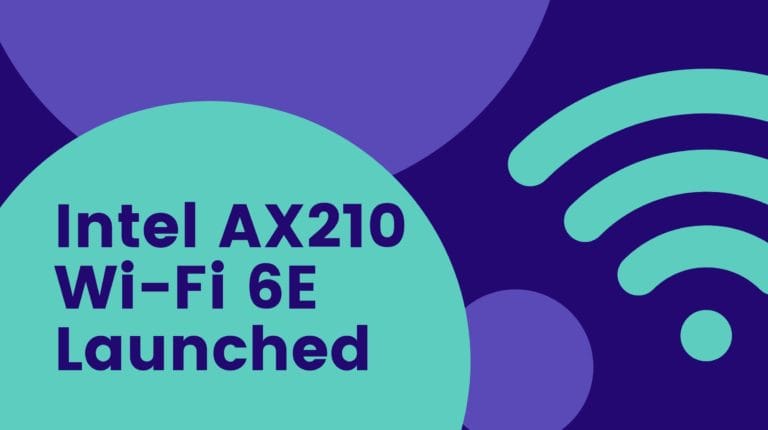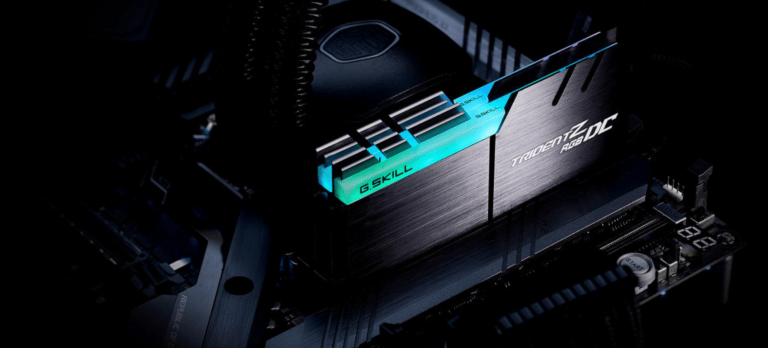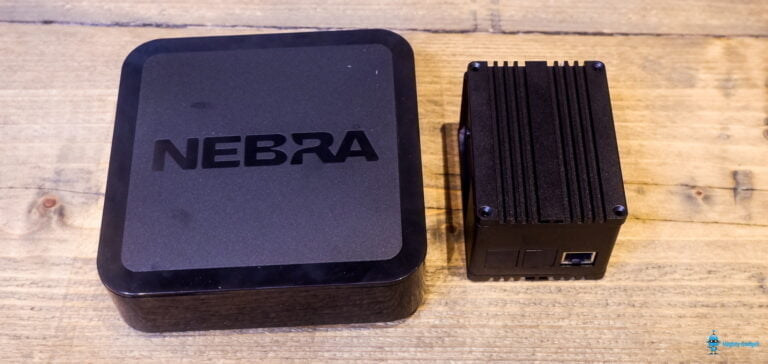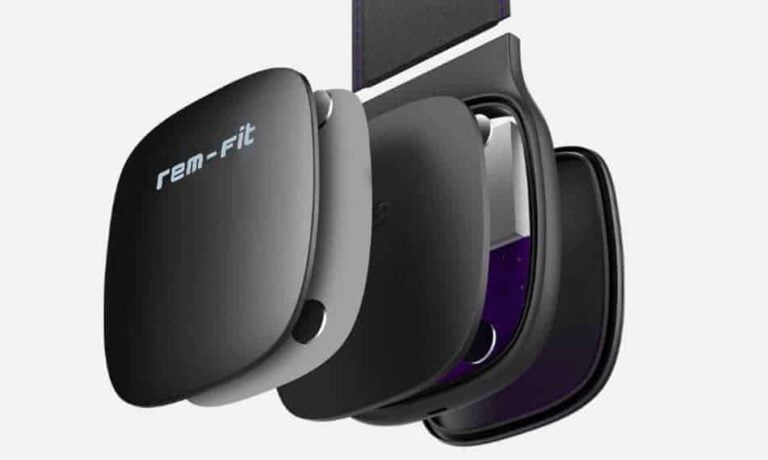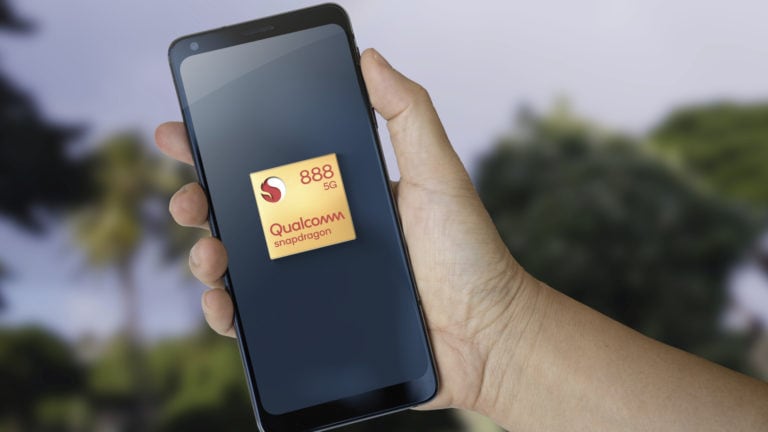Any links to online stores should be assumed to be affiliates. The company or PR agency provides all or most review samples. They have no control over my content, and I provide my honest opinion.
The Xiaomi 13T was announced at the end of September alongside the Xiaomi 13T Pro and the new Xiaomi Watch 2 Pro WearOS smartwatch.
Priced at £549, the Xiaomi 13T is a compelling choice for anyone looking for a high quality phone without the expense associated with flagship phones. In particular, this phone applies to anyone who wants a great-quality camera.
| Preview | Product | Rating | Price | |
|---|---|---|---|---|

| Xiaomi 13T -144Hz AMOLED, 5000mAh 67W, Leica camera,... |
£421.86 | Buy on Amazon |
Specification
- Body Dimensions and Materials:
- Dimensions: 162.2 x 75.7 x 8.5 mm
- Weight: 193g
- Display Material: Gorilla Glass 5
- Frame Material: Plastic
- Durability: IP68 dust/water resistant (up to 1.5m for 30 minutes)
- Display Features:
- Size: 6.67″ AMOLED
- Refresh Rate: 144Hz
- Additional Features: Dolby Vision, HDR10+
- Brightness: 1200 nits (HBM), 2600 nits (peak)
- Resolution: 1220 x 2712 px
- Aspect Ratio: 20.01:9
- Pixel Density: 446 ppi
- Internal Hardware:
- Chipset: MediaTek Dimensity 8200 Ultra (4 nm)
- Processor: Octa-core (1×3.1 GHz Cortex-A78 & 3×3.0 GHz Cortex-A78 & 4×2.0 GHz Cortex-A55)
- GPU: Mali-G610 MC6
- Memory Configurations:
- 256GB storage with 8GB RAM
- 256GB storage with 12GB RAM
- Storage Technology: UFS 3.1
- Software:
- Operating System: Android 13
- User Interface: MIUI 14
- Rear Camera Specifications:
- Main Lens: 50 MP, f/1.9, 24mm, 1/1.28″, 1.22µm, with PDAF and OIS
- Telephoto Lens: 50 MP, f/1.9, 50mm, 1/2.88″, 0.61µm, with PDAF and 2x optical zoom
- Ultra Wide Angle Lens: 12 MP, f/2.2, 15mm, 1/3.06″, 1.12µm
- Front Camera Specifications:
- Lens: 20 MP, f/2.2, (wide), 0.8µm
- Video Recording Capabilities:
- Rear Camera: 8K@24fps, 4K@24/30, 4K/1080p@30fps HDR10+, 1080p@30/60/120/240fps; 10-bit LOG, gyro-EIS
- Front Camera: 1080p@30fps, HDR10+
- Battery Features:
- Capacity: 5000mAh
- Wired Charging: 67W wired, PD3.0, QC4, 100% in 42 min
- Connectivity Options:
- 5G Connectivity
- eSIM and Dual SIM capability
- Wi-Fi 6
- Bluetooth 5.4
- NFC
- Infrared port
- USB Type-C 2.0
- Miscellaneous Features:
- Fingerprint Reader: Under display, optical
- Audio: Stereo speakers
Design & Display
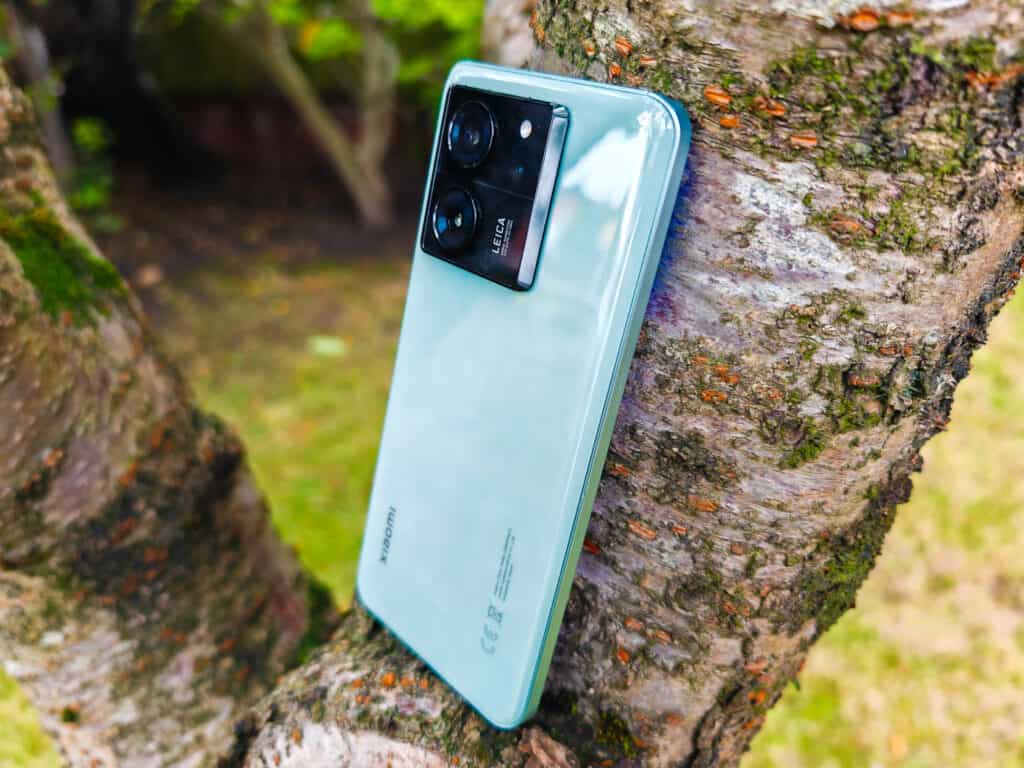

The Xiaomi 13T sports a sleek bar design with IP68 dust and water resistance, meaning it can withstand accidental dunks in the pool or sandy beach trips. Weighing 193g, the device feels slightly bulky compared to slimmer competitors, but its aluminium frame and curved corners give it a comfortable feel in the hand.
Its display is a large 6.67-inch CrystalRes AMOLED flat panel, boasting a 1.5K resolution and 2712 x 1220 pixels layout. With a refresh rate of 144 Hz, the smartphone promises smooth scrolling and enhanced gaming experiences. The display also supports HDR10+ video content, delivering vibrant colours and sharp contrasts.
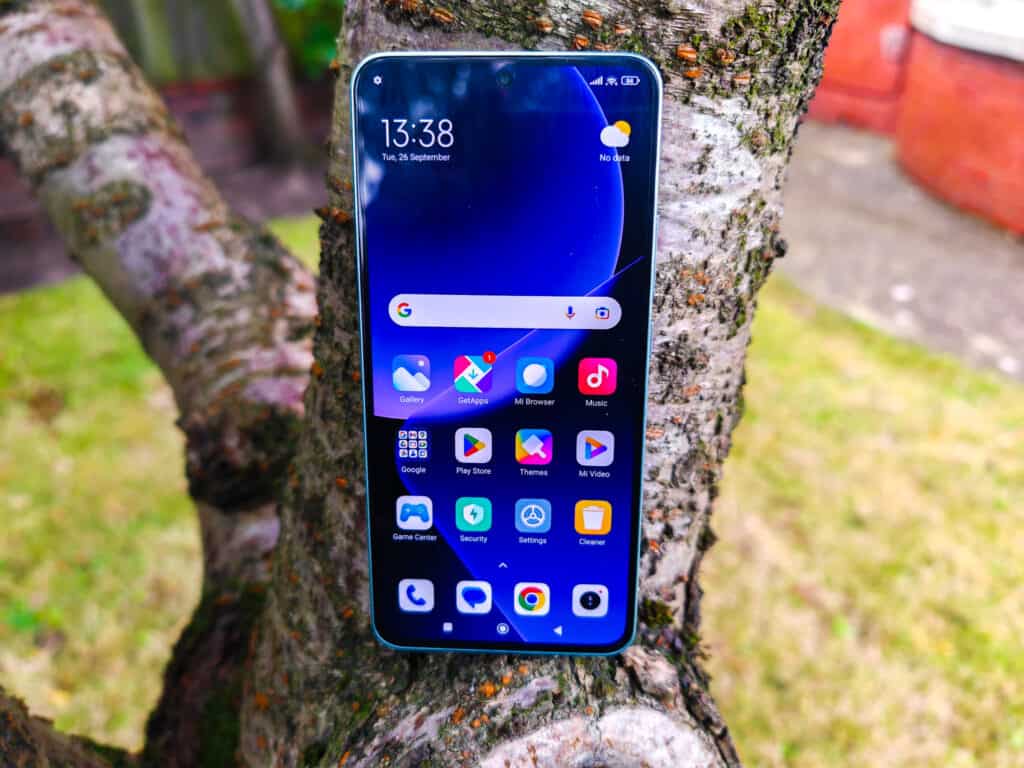

In bright conditions, the display’s 2600 nits peak brightness ensures visibility. The display’s brightness is impressive, as most phones at this price point would only have half this peak brightness.
The screen has Corning Gorilla Glass 5 protection, providing durability against scratches and accidental drops.
The under-display fingerprint scanner is accurate and fast, much better than the poor-quality fingerprint scanner on my old Pixel 6 Pro.
The colour I was sent is Meadow Green, which I think is quite attractive, it is not gaudy like some phones have been recently it is a bit more interesting than boring black.
Camera
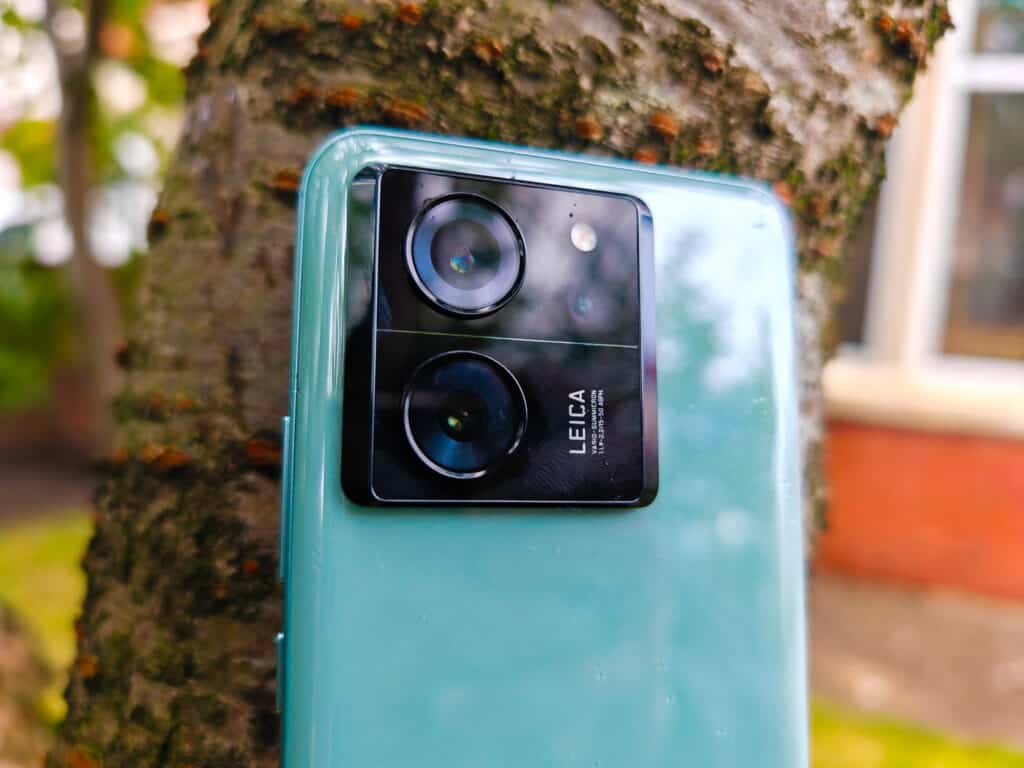

One of the main selling points of the Xiaomi 13T is that it is equipped with two high-quality 50MP cameras that are co-engineered with Leica, which is also complimented with a 12MP ultrawide.
It is interesting that Xiaomi has chosen to use the same camera specification for both the standard Xiaomi 13T and the Pro model. You’d typically get one good camera, then one or two sub-standard options, or a pointless low MP macro lens.
The camera arrangement includes a 50MP main camera with a large 1/1.28″ sensor achieving a 1.22µm pixel size and PDAF and OIS.
Then there is a 50MP 2x optical zoom telephoto camera with a smaller 1/2.88″ sensor with 0.61µm and PDAF.
Finally, there is a third camera for ultra-wide, but this is a less impressive 12 MP camera with a 1/3.06″ sensor and f/2.2, 15mm, 1.12µm.
There are not many phones at this price point with two high-resolution cameras. For example, the new Pixel 8 has an amazing 50 MP 1/1.31″ main camera but no telephoto lens and a 12 MP ultra-wide that’s marginally better than the Xiaomi 13T.
The primary 50MP camera captures detailed and vibrant images and can handle low-light scenarios much better than similarly priced phones.
The 50MP telephoto lens allows for quality zoomed-in shots, and it does an adequate job. Considering it is only a 2x zoom lens and the sensor is inferior to the main camera, I am left wondering if there is a great deal of benefit with this sensor. I think a higher zoom would have been beneficial, leaving the main camera to handle the 1x and 2x zoom.
I have always been a fan of using ultra-wide cameras when travelling as they are great for capturing a wider field of view in cramped spaces. It is perfect for city photography or capturing impressive scenic views. It is, therefore, a little disappointing that many brands neglect this camera. The 12MP camera on this does an OK job, it is about as good as expected. You are best off sticking to the primary camera unless you absolutely need to switch to one of the others.
The portrait mode of this camera is interesting. When you switch to it, you have different options called the master lens system. This includes options such as 35mm documentary, 50mm swirly bokeh, and 90mm soft focus. I found that the default option would sometimes have issues with focusing, but the 35mm documentary option worked well when I was doing product photography.
The 20MP front-facing camera is adept at capturing crisp selfies and ensuring clear video calls. It offers a substantial amount of detail, while the portrait mode furnishes a pleasing degree of background blur, which comes across as satisfactory.
Additionally, the smartphone supports HDR10+ video recording for up to 4K at 30fps, ensuring your videos are as stunning as your photos.
















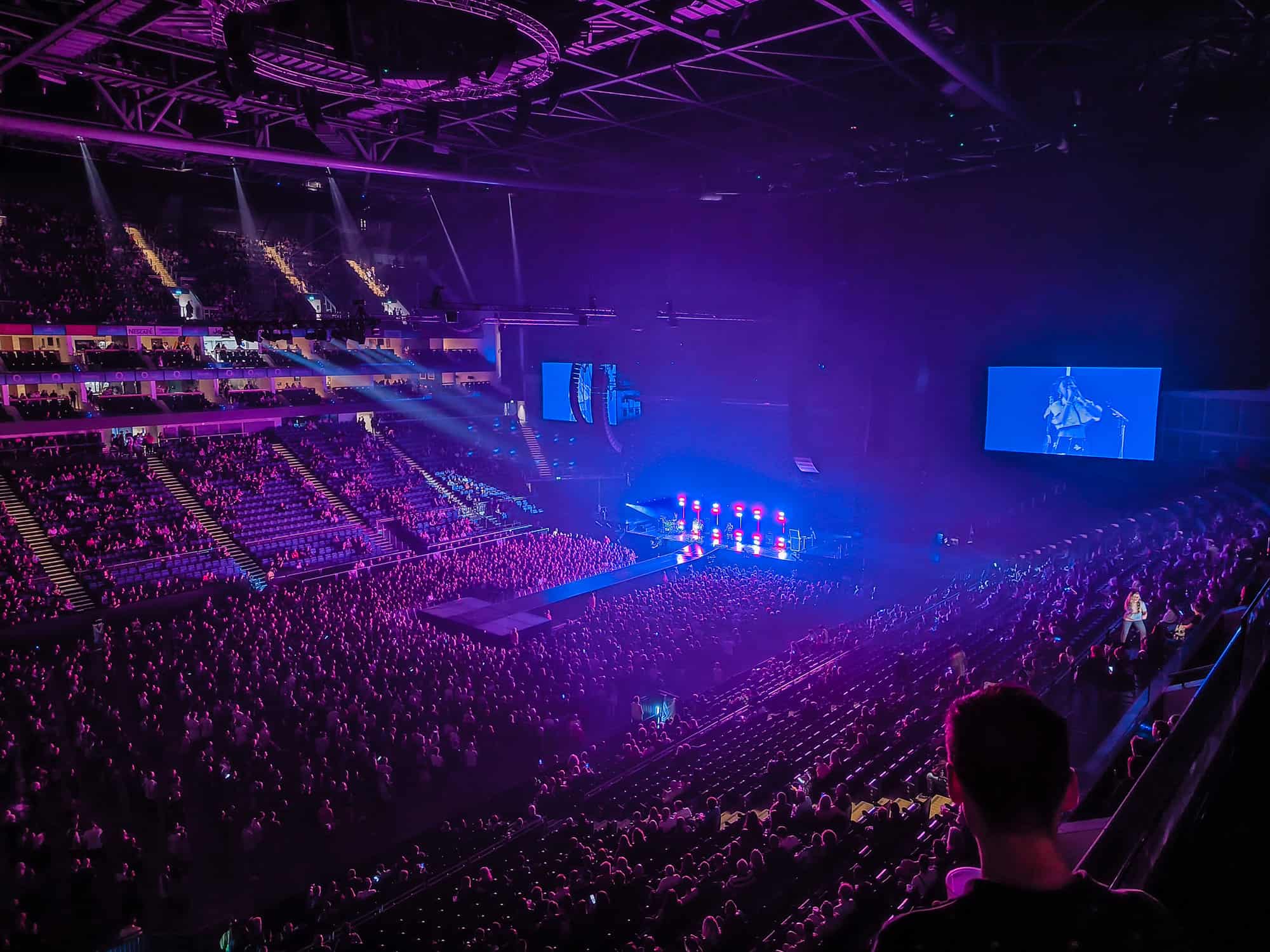













Performance and Benchmarks
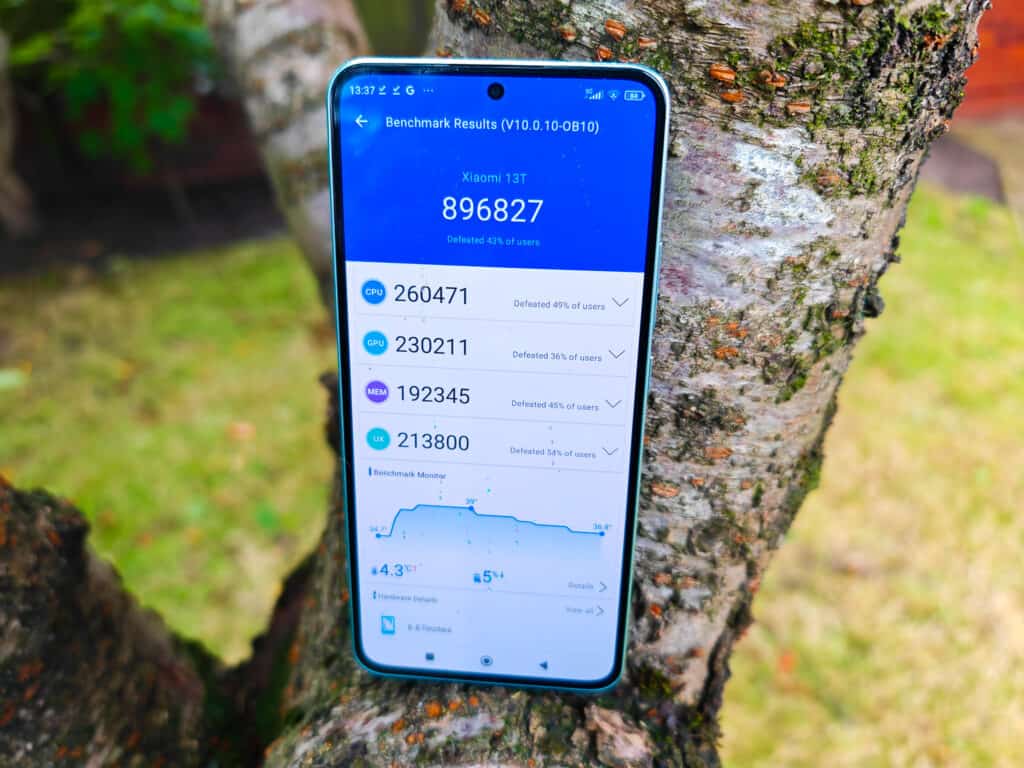

Under the hood, the Xiaomi 13T is powered by the MediaTek Dimensity 8200 Ultra chipset, which is paired with an octa-core (8 cores) 64-bit 4nm processor. The device also features an Arm Mali-G610 GPU, ensuring smooth graphics performance during gaming or video streaming.
I have done a more detailed analysis of the MediaTek Dimensity 8200 Ultra and how it compared to the Dimensity 8100 and Snapdragon 8 Gen 2.
Depending on the benchmark, there is not a massive difference in performance with Dimensity 8100, with only a 4% uplift in a single core performance for the Dimensity 8200-Ultra.
For the 3DMark Wildlife Stress test, the Xiaomi 13T with the MediaTek Dimensity 8200 Ultra achieves a score that’s 19% higher than the Realme GT Neo 3 with the Dimensity 8100. However, the GPU specification isn’t that different. The difference in the score could just be how the two brands optimise the chipset.
In terms of memory, the smartphone comes with 8GB of LPDDR5 RAM and up to 256GB of UFS 3.1 storage. This combination guarantees smooth multitasking and ample storage space for your files and apps. The Pro model uses faster UFS 4 storage.
The overall user experience is improved thanks to the 144Hz display. The combination of the chipset and this fast rate ensures everything runs ultra-smooth.
Overall, I have been more than have more than happy with the performance of this phone, and I’d happily use it as my full time phone.
Not really a criticism, but in my benchmarking post, I highlighted that the MediaTek Dimensity 9200+ on the Xiaomi 13T Pro would have substantially better performance, similar to the flagship Snapdragon 8 Gen 2. The Xiaomi 13T Pro should be £100 more, and I felt that it would be worth spending that for the improved performance.
Battery and Charging
Powering the Xiaomi 13T is a considerable 5000mAh battery. This promises a full day of usage on a single charge, even with heavy use. I did find that I needed to remember to charge it every night, whereas I found that I could squeeze almost two days out of my Honor Magic5 Pro.
As for charging, the device supports Xiaomi’s powerful 67W fast charging technology. With this, you can get a full charge in just over 40 minutes, reducing the time you have to wait for your phone to power up.
It is disappointing that there is no wireless charging, but Xiaomi obviously needs to make sure there is enough difference with the Pro model to justify the price jump.
Android 13 & MIUI 14 UI
The Xiaomi 13T runs on Android 13, overlaid with Xiaomi’s custom MIUI 14 user interface (UI).
I don’t mind MIUI 14; I am not the sort of person who has very strong feelings about the different versions of Android.
But, there are some annoyances with this:
- There seems to be a lot more bloatware than competing options. It is not awful, but it is unnecessary. You can uninstall many of them.
- Xiaomi has some of its own apps that you can’t remove.
- I am not keen on the Security app, or how it scans every installation, but you can disable this automatic scan. Similarly you can toggle off many of the other functions.
- I also found GetApps to be quite annoying, it attempts to be an alternative to Google Play and can get pestered to use it.
For the Xiaomi apps, you can effectively disable them by:
- Go to settings
- Tap search
- Enter “authorization & revocation”
- Turn off GetApps or whatever app you want
Once the bloatware is removed and the Xiaomi apps are prevented from pestering me, the overall software experience is excellent.
Price and Alternative Options
| Preview | Product | Rating | Price | |
|---|---|---|---|---|
   | Xiaomi 13T -144Hz AMOLED, 5000mAh 67W, Leica camera,... |
£421.86 | Buy on Amazon |
The Xiaomi 13T is priced competitively at £549, making it an affordable choice for those seeking a high-performing Android smartphone.
| Preview | Product | Rating | Price | |
|---|---|---|---|---|
  | Xiaomi 13T Pro -144Hz CrystalRes AMOLED, 5000mAh 120W, Leica... |
£699.52 | Buy on Amazon |
The Xiaomi 13T Pro offers a significantly superior chipset, more RAM, faster storage, superior WiFi 7 (vs 6), and faster charging with 120W hypercharge. At launch, it was stated that you could get the 12+256G model for £649, which I felt was well worth over the standard Xiaomi 13T. However, at the time of writing, only the 12+512G model is available at £699, which will obviously be harder to justify buying.
| Preview | Product | Rating | Price | |
|---|---|---|---|---|
  | Nothing Phone (2) - 256 GB + 12 GB Ram, Glyph Interface,... | £510.00 | Buy on Amazon |
The Nothing Phone (2) starts at £579 with 8GB RAM and 128GB storage. It has a superior chipset with last year’s flagship Qualcomm Snapdragon 8+ Gen 1 (4 nm). It has a good 50MP primary camera using the 1/1.56″ Sony IMX766 and then a 50MP ultra-wide with a 1/2.76″ sensor size. I think the good ultra-wide is more useful than the good 2x zoom on the Xiaomi 13T. This then has a smaller battery and slower charging, but it has wireless charging. It also has a lower IP rating of IP54.
The OnePlus Nord 3 is worth considering at a lower price point of £499 with 16GB RAM and 256GB storage. It is similar to the Nothing Phone (2) but doesn’t have the fancy design and uses a low-quality 8MP ultra-wide lens. It has a larger battery and faster-wired charging but lacks wireless.
The Pixel 8 is £699, and on paper, it is an inferior phone with the exception of the Google Tensor G3, which should be more powerful. However, Google has superior software and many people regard it highly. The Pixel 7 may be worth considering at £599.
Realme always used to have good alternative options but none of the recently launched phones seem to be available in the UK, including the Realme GT5.
Overall
The Xiaomi 13T is a solid Android smartphone that offers excellent value for its price. It provides top-tier performance thanks to the Dimensity 8200-Ultra, a vibrant and smooth display, and an impressive camera setup.
If I had a maximum budget of £600 to spend on a phone, I think the Xiaomi 13T and Nothing Phone (2) are the two best options you will find right now.
Xiaomi 13T Review
Summary
The Xiaomi 13T is a solid Android smartphone that offers excellent value for its price. It provides top-tier performance thanks to the Dimensity 8200-Ultra, a vibrant and smooth display, and an impressive camera setup.
Overall
80%-
Overall - 80%80%
Pros
- Superb camera for a phone at this price point
- Superb display
- Mediatek Dimensity 8200 Ultra is powerful enough for everything I do on a phone
Cons
- I would have preferred either a 50MP telephoto lens with a greater zoom, or no telephoto lens and a better ultra-wide
- Quite a lot of bloatware, but most thins can be removed or disabled
I am James, a UK-based tech enthusiast and the Editor and Owner of Mighty Gadget, which I’ve proudly run since 2007. Passionate about all things technology, my expertise spans from computers and networking to mobile, wearables, and smart home devices.
As a fitness fanatic who loves running and cycling, I also have a keen interest in fitness-related technology, and I take every opportunity to cover this niche on my blog. My diverse interests allow me to bring a unique perspective to tech blogging, merging lifestyle, fitness, and the latest tech trends.
In my academic pursuits, I earned a BSc in Information Systems Design from UCLAN, before advancing my learning with a Master’s Degree in Computing. This advanced study also included Cisco CCNA accreditation, further demonstrating my commitment to understanding and staying ahead of the technology curve.
I’m proud to share that Vuelio has consistently ranked Mighty Gadget as one of the top technology blogs in the UK. With my dedication to technology and drive to share my insights, I aim to continue providing my readers with engaging and informative content.
Last update on 2024-04-27 / Affiliate links / Images from Amazon Product Advertising API

